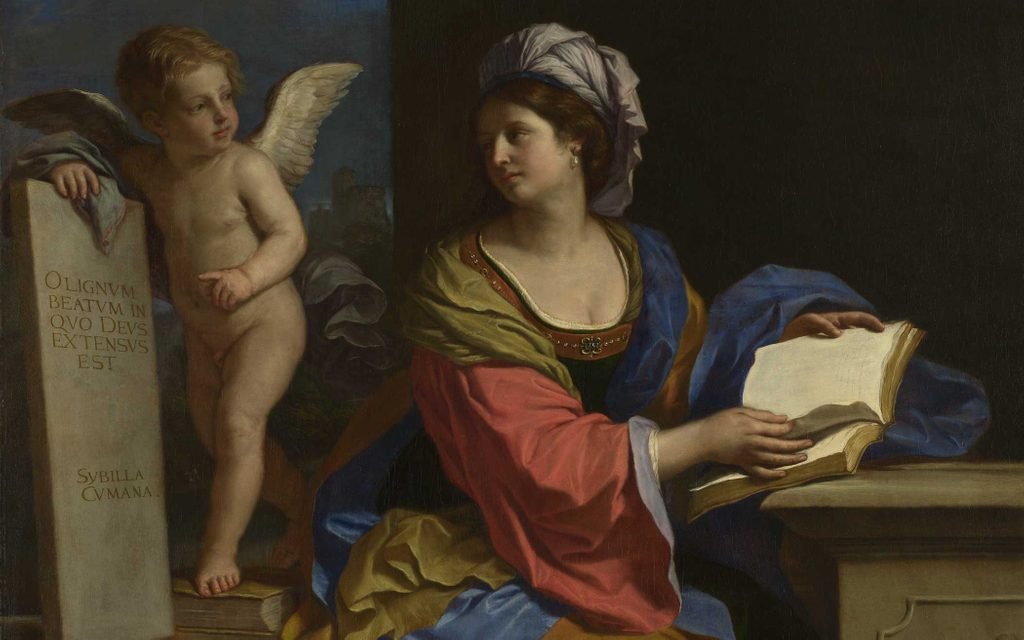Guercino at Waddesdon: King David and the Wise Women
Guercino, The Cumaean Sibyl with a Putto, 1651, The National Gallery, London. © The National Gallery, London
Over 350 years since they were painted, five paintings by renowned Bolognese painter Guercino are on display together for the first time at Waddesdon in a new exhibition.
This historic exhibition spotlights one of the great painters of 17th-century Italy, Giovanni Francesco Barbieri, known as Guercino (1591-1666). Brought together for the first time since leaving the artist’s studio in 1651, are Waddesdon’s King David alongside two associated paintings of sibyls from the National Gallery and another sibyl from the Royal Collection, painted the same year.
Born in the Italian town of Cento, Guercino was an excellent draughtsman whose compositions were known for their originality. In his lifetime, he created hundreds of altar pieces and paintings, becoming one of the most sought-after Italian Baroque painters and enjoying the patronage of popes, foreign courts, cardinals and dukes.
See close up Guercino’s brilliant use of paint to depict silk, flesh, ermine, paper, wood and stone, while conjuring up ideas about inspiration and contemplation, sight and foresight, poetry and prophecy. This is an opportunity to explore how King David relates to the sibyls.
